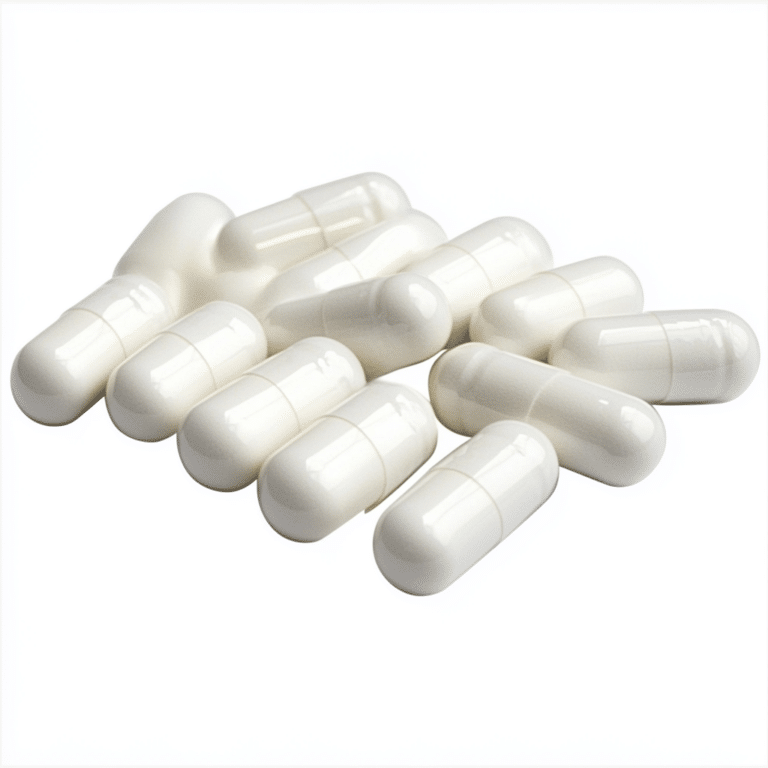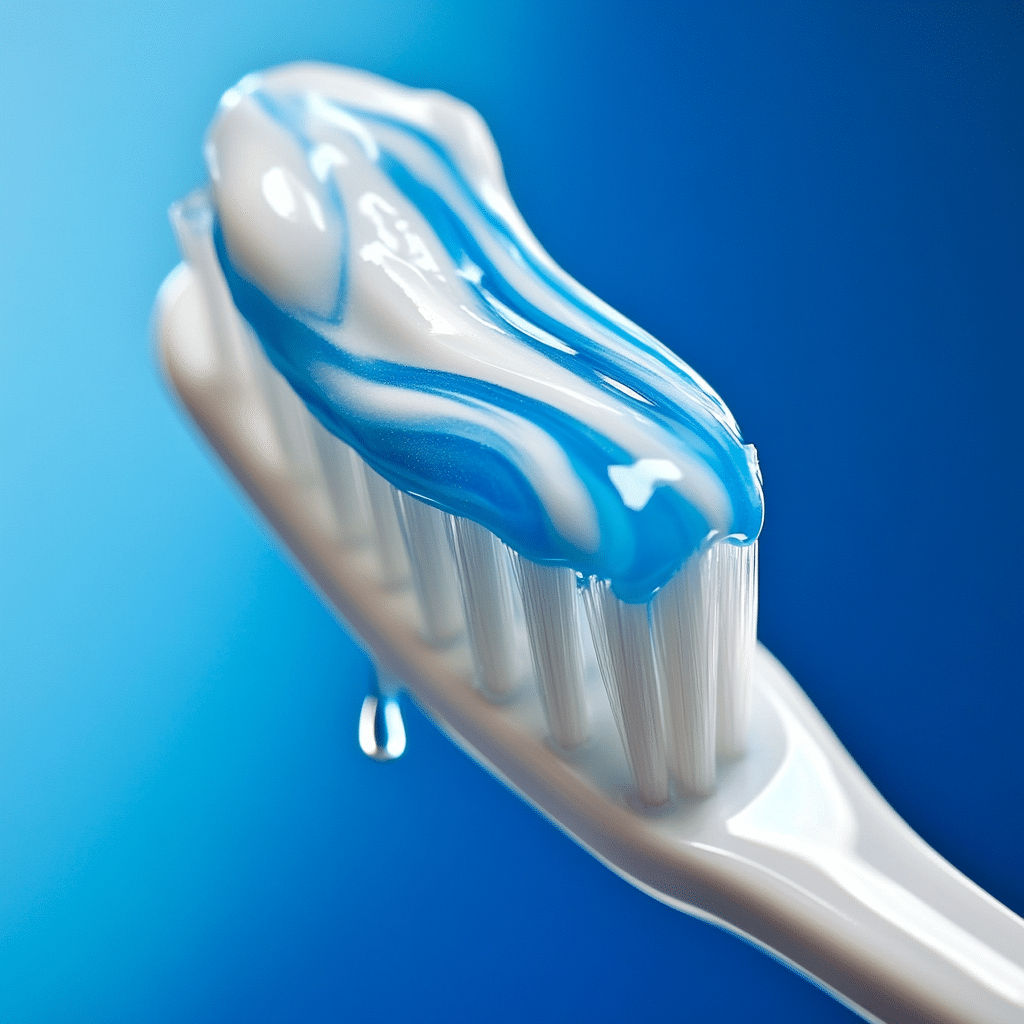When it comes to achieving the ultimate physique, understanding how lactic acid build up affects your workouts can make a massive difference in your performance and gains. It’s the secret behind those intense moments in the gym when your muscles scream for mercy but push through for glory. Let’s crank up the intensity and dive into the crucial facts about lactic acid and how it impacts you, whether you’re a weekend warrior or a pro athlete.

7 Key Facts About Lactic Acid Build Up During Exercise

1. Understanding Lactic Acid Production
Lactic acid is produced during anaerobic respiration, especially when you hammer out those high-intensity workouts. Contrary to the horror stories floating around, lactic acid isn’t an evil byproduct; rather, it’s a vital energy source. It helps your body propel through exhausting training sessions, especially for heavy hitters like weightlifters, sprinters, and relentless CrossFit champions. Knowing this can help you embrace the burn rather than fear it.
2. The Role of Lactic Acid in Muscle Fatigue
Hold on a second! While lactic acid often gets the blame for muscle soreness, it’s not the true antagonist. Research confirms that the discomfort and tightness you feel are not directly caused by lactic acid. Instead, lactic acid’s job is to assist in recruiting muscle fibers and modulating fatigue. Once your workout wraps up, your body quickly clears out lactic acid, paving the way for quicker recovery by tapping into type 1 muscle fibers, which are way more fatigue-resistant. That means less downtime and quicker gains for you!
3. Monitoring Lactic Acid with Protein A in Urine
Ever heard of protein A in urine? Elevated levels can signal cellular damage due to intense training and possibly link up with lactic acid build up. Athletes engaging in high-octane activities, like marathon running or contact sports, might see shifts in their protein levels. Keeping tabs on these changes can shed light on your recovery routines and hydration strategies. Don’t let your hard work go underappreciated – track those metrics!
4. Signs You’re Experiencing Excessive Lactic Acid Build Up
Are you feeling excessively fatigued after training? Experiencing performance drops? Watch for symptoms like unusual muscle soreness that lingers longer than a pesky guest. These can signal that you might be looking at excessive lactic acid build up. This is especially critical for powerhouse athletes who put in high-intensity training day in and day out. Recognizing these signs can help you avoid overtraining and keep those home workout vibes alive!
5. Lactic Acid Clearance: How It Works
Your body’s got a cleaning crew, and they’re on the ball! Lactic acid clearance takes place mainly in the liver, where it gets converted back into glucose. This process is known as gluconeogenesis. With a clear understanding of this, athletes can up their post-workout nutrition game. Emphasize carb intake and hydration—think brands like Gatorade or Nuun sports drinks—because they’ll help speed up your recovery by replenishing lost electrolytes and sugars that power your workouts.
6. Preventing Excess Lactic Acid Build Up
Prevention is always better than cure! You can stay ahead of the game by smartly managing your lactic acid levels. Implement efficient warm-up routines, gradually escalate workout intensity, and focus on aerobic conditioning if you’re endurance-based. Functional training programs like P90X combine aerobic and anaerobic workouts, optimizing your lactic acid threshold and ensuring you go hard without hitting the wall too soon.
7. Dietary Impact on Lactic Acid Levels
Don’t underestimate the power of nutrition in controlling lactic acid levels! High-carb diets can lower lactic acid production during tough workouts. Take a tip from elite endurance athletes, like decathlete Joe Detmer, who pack their plates with oats and bananas to fuel their bodies while managing lactic acid. Remember, food isn’t just fuel—it’s your secret weapon in conquering the gym!

The Connection Between Lactic Acid Build Up and Protein in Urine
Understanding Protein in Urine and Its Implications for Athletes
Keeping an eye on protein in urine could be your golden key to understanding how lactic acid impacts your body during intense training. Higher protein levels may indicate how your body handles muscle breakdown and lactic acid. For example, endurance athletes often notice fluctuations post-event, raising red flags for potential kidney stress or long-term implications on recovery. It’s time for athletes to dig deeper!
When to Worry: The Thresholds of Protein in Urine
While normal protein levels in urine can vary, athletes consistently exceeding 150 mg/day should consider consulting health professionals. This is crucial, especially for those engaged in powerlifting where high anaerobic capacity is the name of the game. Don’t let ignorance hold you back; knowledge is power. Monitoring these thresholds will keep you performing at your peak!

Strategies for Monitoring and Managing Lactic Acid Build Up
Key Takeaways for Athletes
Proactive moves can help manage lactic acid during intense training. Keep up with health check-ups that include urinalysis—monitoring protein levels can indirectly assess your lactic acid effects. Consider sweat tests to analyze hydration responses during workouts. These strategies maintain your lactic acid clearance mechanisms in tip-top shape.
Innovative Wrap-Up: The Future of Lactic Acid Research
Looking ahead, research into lactic acid dynamics could reshape athletic training and recovery strategies. Future studies may focus on genetic profiles and individualized recovery plans. This revelation could allow athletes to push limits while prioritizing health. As science advances, so will your ability to conquer athletic challenges, keeping gains in sight with every rep!
In these corner halls of fitness excellence, mastering the facts about lactic acid build up can propel you from average to exceptional. So gear up, track your progress, and don’t shy away from that burn. Embrace it, and crush those fitness goals like a true champion! Remember, every drop of sweat brings you one step closer to those shredded abs and jaw-dropping gains. Let’s get to it!
For more tips on how to get ripped and achieve your ultimate physique, explore our guides on bikini Models and other fitness essentials. Don’t forget that success starts now!

Lactic Acid Build Up: Fun Facts You Need to Know Now
What’s the Buzz About Lactic Acid Build Up?
Did you know that lactic acid build up isn’t just a concern for athletes? Yup! This sneaky little compound forms when your body breaks down sugar for energy without enough oxygen. So, when you’re sweating it out in the gym or simply running after a bus, your muscles produce lactic acid, leading to that familiar burn. It’s like that moment when you realize you need a dad hat to shield your eyes from the afternoon sun—unexpected, but it’s all part of the experience!
Interestingly, our bodies are pretty smart. As lactic acid accumulates, it can eventually signal to your brain to slow down. This is crucial because, if you don’t pay attention, you might end up with those sore muscles that make you feel like you just painted sexually explicit art after a long night out! To tackle lactic acid build up, consider incorporating active recovery days. Those easy strolls can help shift the acid out of your muscles, keeping you from an uninhibited workout spree.
Beyond the Burn: Lesser-Known Facts
You might be surprised to learn that lactic acid can also influence your mindset. Some studies show that while your muscles are protesting, your brain is getting in on the action too. Just like kids learning to talk, they might need some encouragement to get the words out. Keep pushing through the discomfort, and you’ll become more resilient over time. Think of it as building your annual income meaning in the gym—small gains ultimately lead to major progress!
Did you realize that hydration plays a vital role in managing lactic acid build up? Just like regular teeth cleaning keeps your smile bright, drinking water helps flush out the body’s toxins, including that pesky lactic acid. So, next time you’re feeling the burn after a workout, remember to hydrate! And if you’re feeling ambitious, consider watching some Moviestowatch that hype you up for your next session. This can turn your sweat session from a chore into a fun event!
The Takeaway
In the grand adventure of fitness, understanding lactic acid build up can give you an edge. While it’s a natural part of working out, knowing how to manage it can help you maximize your performance. Who would’ve thought that a little science could make such a difference in your workouts? So next time you’re grinding through those last reps, remember all this trivia—it might just push you to the finish line! Whether you’re hitting the weights or uncovering which Ophthalmologists to follow for eye health tips, just keep making strides.



























